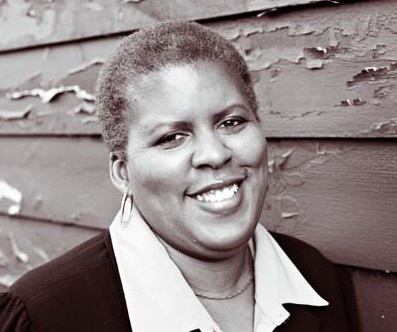 by Sophfronia Scott
by Sophfronia Scott
You have an idea for a book. You know it’s going to be great. You know people will want to read it, it will help millions, it will be funny, it will be touching, it will…you fill in the blank. Now what? You do a little research, you talk to a few people, you might even sit down and outline the whole book, chapter by chapter. Then…nothing! You don’t know what to do, you can’t even put a few words down on the computer screen to get you going. You don’t know how to begin. You’re not alone. I’ve heard this so often it makes me envision a huge pipeline in writers’s brains and it’s clogged with all these books wanting to come out. All they need is a little push-from you.
Get Behind the Wheel
Let’s pretend your book is a car on a road trip and as the writer, you are the driver. The car is not going to drive itself. Likewise, your book will not write itself so you have to get behind the wheel. That means you have to make the time to sit down and do the work of writing. Easier said than done, right? But on some level you’ve probably already done it. If you’ve outlined your book you’ve done some writing. It’s just that many writers then freeze at the prospect of the first sentence. Somehow it’s different than just making notes in an outline. People might read this-it has to be good! Well, yes, but not right away. At this point you’re just trying to put words on the screen or paper. Not sure what to say? Here’s where to start…
Describe a Little of Where You’re Going
To get to your first sentence, talk to your reader directly. Start out very conversationlike, explaining why you’re writing this book and what the reader will get out of it. If you’re writing non-fiction, you can start by describing the problem the reader is having (that way they’ll know that you “get” them and understand the situation) and how your book will help them solve it. If you’re writing a novel, you will start with telling a simple story, one that will grab the reader’s attention and give a taste for the adventure to come.
Here’s a great example from Cane River by Lalita Tademy. The first sentence of the book is, “On the morning of her ninth birthday, the day after Madame Francoise Derbanne slapped her, Suzette peed on the rosebushes.” Ms. Tademy follows with a brief telling of Suzette leaving her bed and doing the deed then the rest of the first chapter tells how Suzette came to be slapped. Already you know this little girl is a pistol, but she’s also a slave. It’s intriguing to think where she might be going-and we’re along for the ride.
Put The Car In Gear
Quickly set up some action that will pull the reader in even further. In a non-fiction book you can use real life examples that will engage the readers and allow them to see themselves in the book. With a novel, you can throw out a series of complications. In The Prince of Tides, author Pat Conroy has many things happen within the first 20-30 pages: Tom’s sister attempts suicide, his wife declares her unhappiness with their marriage and you learn Tom has a difficult relationship with his mother. You can feel the engine of this book revving up.
Go!
Now that your story is in motion, keep going! In a non-fiction book, just take the reader step by step through your process or whatever information you’re putting forward. With a novel you can pretend that you’re telling the story to a friend. You’re both enjoying the conversation-you’re especially excited to tell your friend about what will happen next. You want to maintain that feeling as you write.
When the Car Stalls
Somewhere along the road you will get stuck. It’s happens to all writers. How do you get unstuck? This is where your outline really comes in handy. You go back to it to find out what you’re supposed to be doing in the book at the point where you’re stuck. Use it to figure out what’s not working. Maybe you’ve written yourself into a corner. Maybe you need to end a plot line or start a new one. Remember, the outline is like your road map. And a good map is essential if you’re going to reach your destination or, in your case, finish your book!
© 2009 Sophfronia Scott
Sophfronia Scott is a writer of fiction and non-fiction. https://sophfronia.com/
Originally posted on the Secrets of Success blog.









